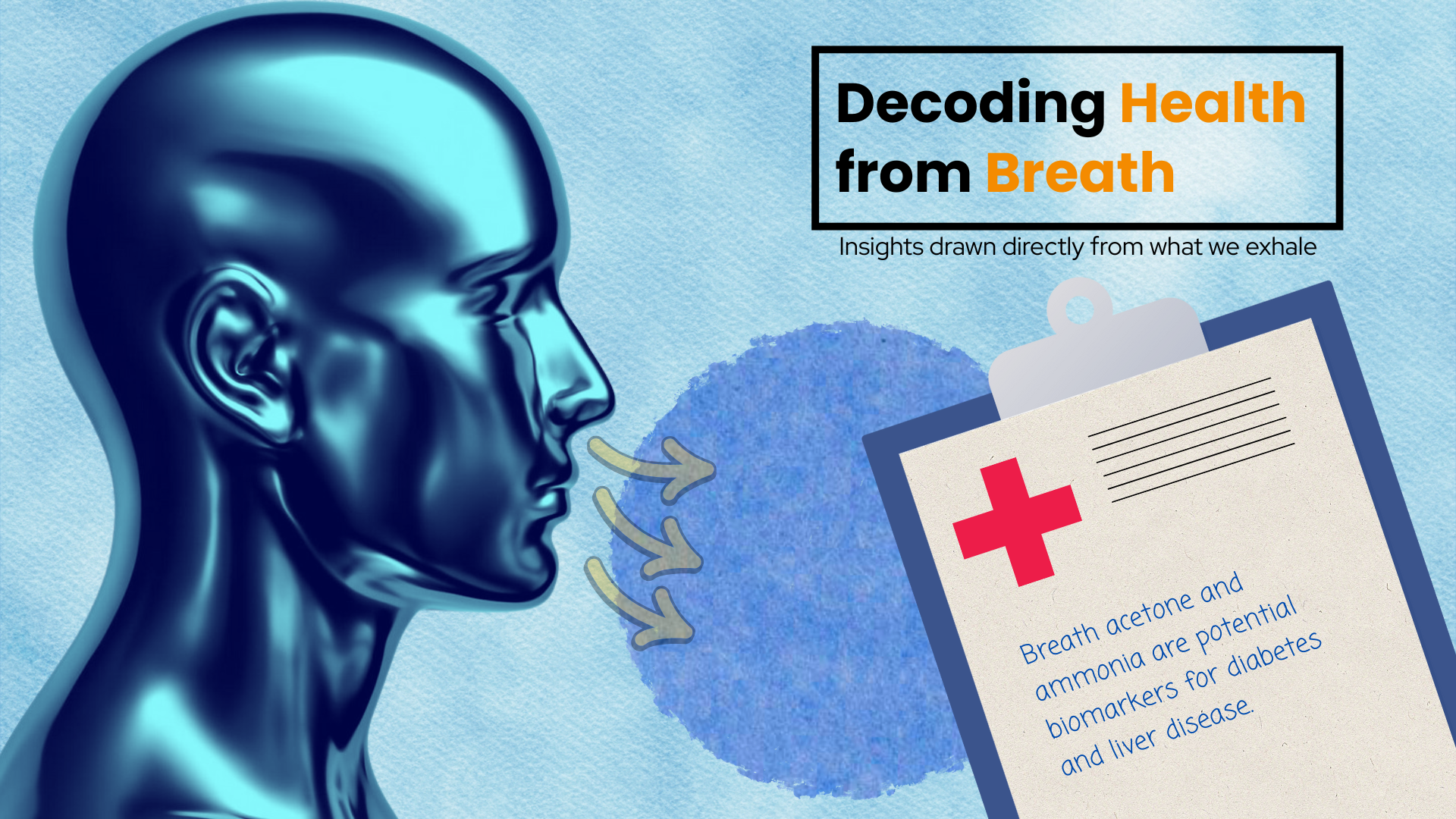
Our brains are the reason why we are the dominant species of this planet. It is because of our superior intellect and mind that we have been able to create a world that would have seemed a far-fetched fantasy a mere 200 years ago.
Yet, very little is known about the brain and how it functions. There are 86 billion neurons in each of our brains, almost completely responsible for all the actions taking place in our body. In spite of having so much power, if any of our brains are affected, we are at a loss to solve these problems.
Even after decades of research on the brain, especially the human brain, we have barely scratched the surface of all there is to know about the structure and functioning of the brain. This makes treating neurodegenerative diseases like Alzheimer’s and Parkinson’s disease a huge challenge.
Parkinson’s disease (PD) is second only to Alzheimer’s as one of the neurodegenerative disorders that affects older people. Therefore a lot of research has to be carried out to find a cure, or, at least manage the disease effectively.

Parkinson’s disease is a long-term, progressive neurodegenerative disease that usually affects older people above the age of 60. Symptoms of this disease include tremors, bradykinesia (slowness of movement), rigidity, and loss of balance.
This disease mainly occurs because of the deficiency of dopamine. Dopamine is a neurotransmitter that is responsible for movement, motivation, and reward feelings (feelings of achievement).
Therefore, the main way to treat this disease is to replenish dopamine. Medications like levodopa (LDOPA) are administered for this purpose.
Unfortunately, prolonged usage of dopaminergic medications leads to motor complications.
Therefore a technique called deep brain stimulation (DBS), which helps in stimulating the relevant brain region using an external current, has attracted a lot of attention. This technique can be used if the dopaminergic medication effect diminishes, or if severe side effects occur because of the medication, or if the medication is unresponsive. Also, when DBS is combined with LDOPA, it results in a highly effective therapeutic approach.
There is a need to better understand the origins of PD symptoms, the effect of DBS on various PD symptoms, and to optimize the DBS parameters to minimise those symptoms.
In this study, the authors Mr. Sandeep Sathyanandan Nair and Prof. Srinivasa Chakravarthy from the Department of Biotechnology, Bhupat and Jyoti Mehta School of Biosciences, Indian Institute of Technology (IIT) Madras, Chennai, India (Prof. Srinivasa Chakravarthy is also affiliated with the Department of Medical Science and Technology, Indian Institute of Technology (IIT) Madras, Chennai, India), have developed a computational model of DBS stimulation for motor symptoms.
To study PD, reaching tasks are studied as such tasks are pivotal in daily activities, and are intricately linked with motor symptoms experienced by patients with PD. Thus a model of arm reaching was simulated.
By simulating these tasks, researchers can gain insights into the specific motor deficits present in PD and evaluate the effectiveness of interventions like DBS in restoring motor function and improving overall motor performance.
The model used in this study captured the kinematic performance during the reaching task and was able to match the trend observed in the experimental data.
It was found that DBS stimulation with a 130 Hertz signal successfully alleviated both tremors and bradykinesia, which is in line with the literature findings.
The authors suggest that DBS with rehabilitation can help PD patients better. One may expect comparable results in motor performance, even with milder DBS currents, when DBS is combined with rehabilitation.
With this computational model, the authors have successfully shown that a DBS intervention with appropriate characteristics does reduce PD symptoms.
Dr. Rohit Manchanda from the Department of Biosciences and Bioengineering, Indian Institute of Technology (IIT) Bombay, Mumbai, India, gave the following detailed explanation regarding the work done by the authors and showed his appreciation for the same with the following comments: “This is an important paper addressing questions of vital physiological as well as clinical import. Many features of Parkinson’s disease (PD) are intractable to current medical practice, and while DBS can be fairly effective in several patients, in others its efficacy leaves much to be desired, especially at the level of behavioural and cognitive outcomes. This owes directly to our incomplete understanding of the neurophysiology of PD and its associated neural circuitry. Since the circuitry in question can be difficult to explore experimentally, computational studies help greatly in advancing our insights. In this paper Nair and Chakravarthy, using a meticulously framed computational model of the cortico-basal ganglia circuitry, provide such insights. In a deep-delving, systematic study, they shed greater light on select features of motor deficits, e.g. PD tremors, and how DBS may be optimized in order to minimize the tremors. The authors have modeled cortico-basal ganglia circuitry for simulating DBS intervention, and to produce Parkinsonian tremors, they manipulate the striatal DA signal, mimicking reduced dopamine levels, which profoundly influence the dynamics of the STN–GPe subsystem. The model nicely captures the kinematic performance during the reaching task and is able to match the trend observed in the experimental data, reposing confidence in its use. Well-designed computational studies are then carried out to test the hypotheses under consideration.
The findings are salient for this field of work, and help advance our understanding in an elegant and concrete fashion. The paper goes on to speculate on combining DBS and rehabilitation for PD. DBS is not recommended for patients with balance problems since DBS exacerbates the gait and balance issues in patients with PD, so here the authors seek to simulate and validate conditions under which comparable results in motor performance even with milder DBS currents may be obtained, which would be of immense clinical benefit to patients as well as clinicians. All in all, therefore, this is a paper that addresses questions of basic neurophysiology and posits outcomes with strong clinical fallouts, making it an important contribution to both the neuroscience and clinical-intervention domains.”
Article by Akshay Anantharaman
Click here for the original link to the paper










